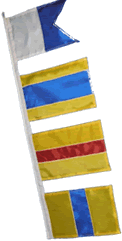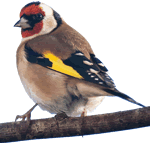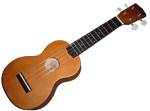At the community choir last night our conductor referred to part of a song we were practising as a vamp. I have heard this term before in the context of songs, but wasn’t entirely sure what it meant, so decided to find out.
According to the OED, vamp (/væmp/) has a number of meanings, including:
1. That part of hose or stockings which covers the foot and ankle; also, a short stocking, a sock.
2. The part of a boot or shoe covering the front of the foot; U.S., that part between the sole and the top in front of the ankle-seams.
3. Anything vamped, patched up, or refurbished; a patchwork; a book of this nature.
4. A vamped or improvised accompaniment.
Etymology: from the Anglo-Norman *vampé / *vanpé, from the Old French avanpié, which later became avantpied – a combination of avan(t) (before) and pié foot.
None of these definitions entirely fit what we were singing last night – a short repeated phrase at the end of a song.
According to Wikipedia, a vamp is “a repeating musical figure, section or accompaniment” that’s used mainly in jazz, gospel, soul, and musical theatre, and also in other types of music. Vamp can also mean “to improvise simple accompaniment or variation of a tune”.
The equivalent of vamp in classical music is ostinato, the Italian word for ‘stubborn’. A related term is riff, which is perhaps an abbreviation of refrain and refers to a repeated chord progression, pattern, refrain or melodic figure, and is used mainly in rock, funk, jazz and Latin music.





